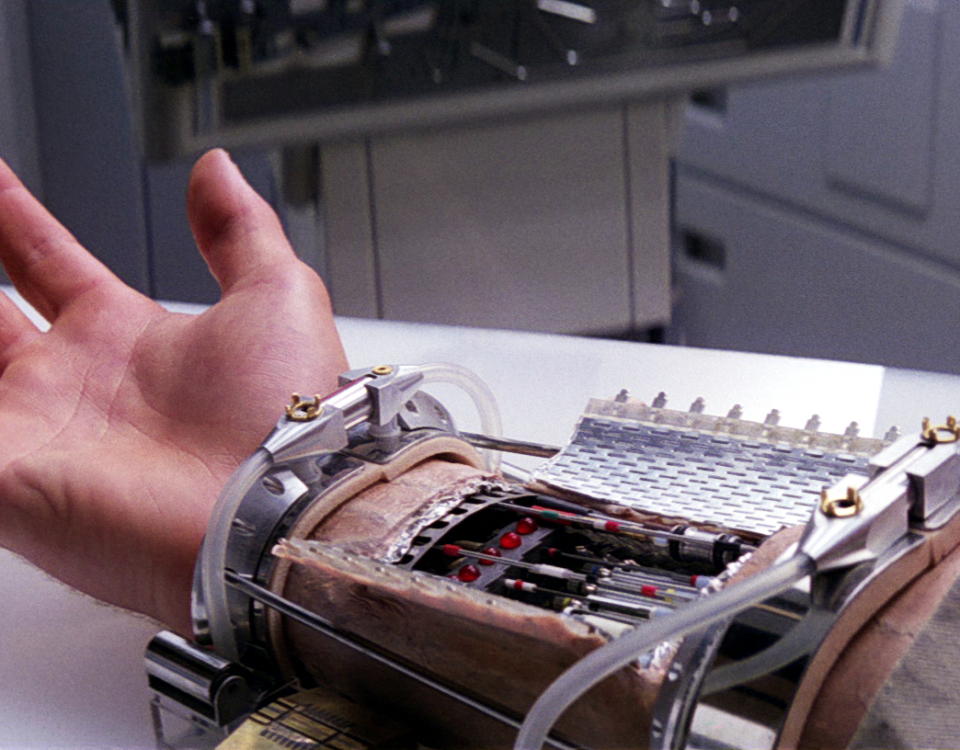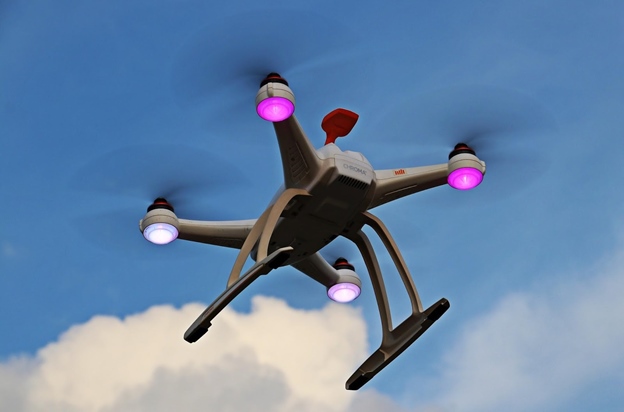Neural Machine Translation

Apple vs Gray Shift
October 27, 2018
Real Life Dr. Octopus
November 12, 2018Neural Machine Translation

From search engines, to online documents, to language translation, Google has been a leader in the technology industry for decades.
Several years ago, Google started to dip it’s toes into Neural Machine Translating (NMT) — essentially teaching a machine a language similar to how the human brain learns languages. It uses the context of what you’re talking about and rephrases things to make the translation sound more fluid and natural.
Several years ago, this wouldn’t have been feasible. Mobile technology wasn’t advanced enough to efficiently perform this task that previously has been reserved for translators and language-to-language dictionaries. Thanks to recent technological advancements, the translation for an entire language is only about 30-40 megabytes, which is about half the size of the mobile version of Google Chrome.
This year Google decided to bring this technology to the offline world. This will be extremely useful when traveling abroad in countries that are chiefly in a language you don’t speak. The update to Google will include over 50 languages.
As technology progresses, we may see advancements that were the things of science fiction. One day, we may be able to carry a device around with us and be able to translate any language into something that we are able to understand in real time.
Eric Cawley is an occasional blogger for Gary Stringham & Associates. Gary provides consulting and expert witness services in embedded systems such as robotics. Feel free to contact Gary at 208-939-6984.



